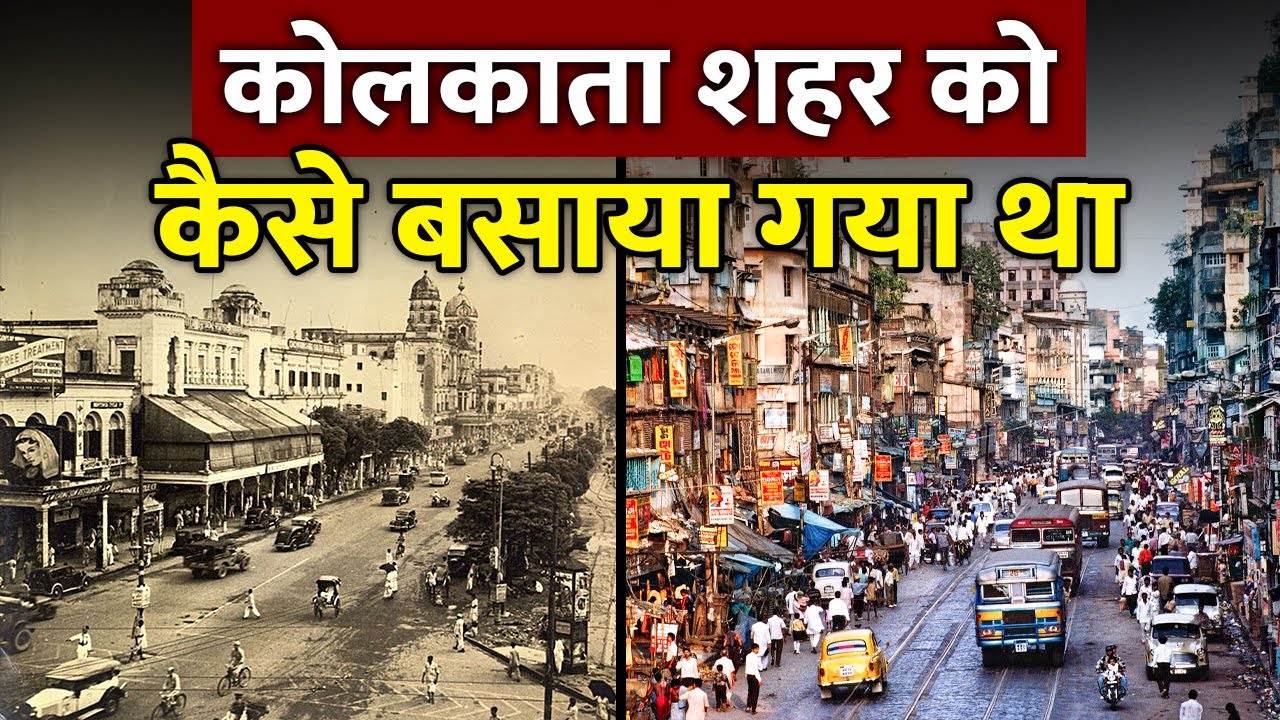Important Acts of India|| You Must know|| Static GK Series🌝
Summary
TLDRThe video script delves into the historical British Acts that governed India, starting with the Regulating Act of 1773, which aimed to curb corruption and establish the Governor-General of Bengal. It progresses through the Pitt's India Act 1784, introducing the Board of Control, and the Charter Acts that granted the British East India Company trade monopolies and expanded British control. The script also touches on the Government of India Act 1858, which marked the beginning of direct British rule post-Indian Rebellion of 1857. It highlights key legislations like the Indian Councils Act 1919, the Government of India Act 1935, and the Independence Act of 1947, which led to the end of British rule and the division of India and Pakistan. The summary also covers the controversial Albert Bill of 1883 and various acts related to child labor, child marriage, and environmental protection, emphasizing the evolution of governance and legislation in colonial India.
Takeaways
- 📜 The Regulating Act of 1773 was pivotal, as it marked the beginning of British Parliament's direct involvement in governing India, aiming to prevent corruption and establish administrative control.
- 👥 The Act led to the renaming of the 'Governor of Bengal' to 'Governor-General of Bengal', with Lord Warren Hastings being the first to hold this title, signifying a shift in the administrative structure.
- ⚖️ The Supreme Court was established in Calcutta under the Regulating Act, introducing a formalized judicial system with a Chief Justice and three other judges to handle company affairs.
- 🔄 The Pitt's India Act of 1784 introduced significant changes to the administration of British East India Company affairs, including the establishment of a Board of Control to oversee the company's political and commercial functions.
- 🔑 The Charter Act of 1793 granted the British East India Company a monopoly over trade in India, with certain exceptions, and laid the foundation for the modern Indian education system.
- 🎓 The Charter Act of 1813 continued the monopoly of the British East India Company over trade, except for trade with China, and introduced the open competition system for civil service recruitment.
- 🛑 The Charter Act of 1833 ended the trading rights of the British East India Company, except for trade with China, and marked the beginning of direct British governance in India.
- 🏛️ The Government of India Act 1858 transferred all administrative powers from the British East India Company to the British Crown, establishing the position of the Viceroy of India and the Secretary of State for India.
- 📊 The Indian Councils Act 1909, also known as the Morley-Minto Reforms, introduced a limited level of Indian involvement in the central and provincial administrations, including the establishment of separate electorates for Muslims.
- 📘 The Government of India Act 1919 expanded on the previous act, introducing diarchy at the provincial level and establishing the Reserve Bank of India, further shaping the constitutional development of India.
Q & A
What was the purpose of the Regulating Act of 1773?
-The Regulating Act of 1773 was passed by the British Parliament to regulate the administration of the East India Company in India, particularly to prevent corruption and improve the governance of the company's territories in India.
Who was the first Governor-General of Bengal under the Regulating Act of 1773?
-Warren Hastings was the first Governor-General of Bengal, appointed under the Regulating Act of 1773, which aimed to restructure the administrative powers of the East India Company in India.
What significant change did the Regulating Act of 1773 introduce regarding the governance of Bengal?
-The Regulating Act of 1773 introduced the position of Governor-General of Bengal, changing the title from Governor of Bengal, and it also aimed to reduce corruption and improve the administration of the East India Company's territories.
What was the impact of the Charter Act of 1793 on the British East India Company's trade monopoly in India?
-The Charter Act of 1793 extended the trading monopoly of the British East India Company in India for an additional 20 years, reinforcing their commercial dominance in the region.
What was the significance of the Charter Act of 1813 in the context of the British East India Company's administrative functions?
-The Charter Act of 1813 ended the company's trade monopoly in India, except for trade with China, and introduced the open competition system for civil service recruitment, allowing Indians to participate in the administration for the first time.
Who was the first Governor-General of India as per the Charter Act of 1833?
-Lord William Bentinck was the first Governor-General of India appointed under the Charter Act of 1833, which also established the Indian Council and introduced legislative and administrative functions separate from the company's commercial interests.
What was the role of the Indian Council established by the Charter Act of 1833?
-The Indian Council, established by the Charter Act of 1833, was meant to advise the Governor-General of India on legislative matters, marking the beginning of a more formal legislative process in the country.
What was the Government of India Act 1858's response to the Indian Rebellion of 1857?
-The Government of India Act 1858 was enacted in response to the Indian Rebellion of 1857, transferring the administrative authority of India from the East India Company to the British Crown, thereby establishing a more direct colonial rule.
What was the Montford Reforms' intention behind the Indian Councils Act 1919?
-The Montford Reforms, which led to the Indian Councils Act 1919, aimed to increase the involvement of Indians in the governance of India by introducing a system of diarchy, where some responsibilities were shared between the elected and nominated officials in the provinces.
What were the key features of the Government of India Act 1935?
-The Government of India Act 1935 established a federation of British India, introduced a bicameral legislature at the federal level, and set up a public services commission. It also abolished the dyarchy system and implemented a uniform system of governance across the provinces.
How did the Indian Independence Act 1947 change the political landscape of India?
-The Indian Independence Act 1947 ended British colonial rule in India, leading to the creation of two separate dominions, India and Pakistan, both gaining independence from British rule and establishing themselves as sovereign nations.
Outlines

This section is available to paid users only. Please upgrade to access this part.
Upgrade NowMindmap

This section is available to paid users only. Please upgrade to access this part.
Upgrade NowKeywords

This section is available to paid users only. Please upgrade to access this part.
Upgrade NowHighlights

This section is available to paid users only. Please upgrade to access this part.
Upgrade NowTranscripts

This section is available to paid users only. Please upgrade to access this part.
Upgrade NowBrowse More Related Video

Regulating Act, 1773 | India Kanoon | Modern History for UPSC | By Arti Chhawari

Conquest of Bengal and Rise of Clive | Indian Modern History | UPSC | Lecture 4 | GS History

Indian Polity by M Laxmikanth for UPSC CSE - Historical background of Indian Constitution

Act of Settlement 1781 | Amending Act of 1781 | Bengal Judiciary Act 1781 | Modern History

Montagu Chelmsford Reforms 1919 in Hindi | GOI Act 1919 UPSC

3 गांवों को मिलाकर अंग्रेजों ने कैसे बसाया कोलकाता? | History Of Kolkata : Kolkata Ka Itihaas
5.0 / 5 (0 votes)